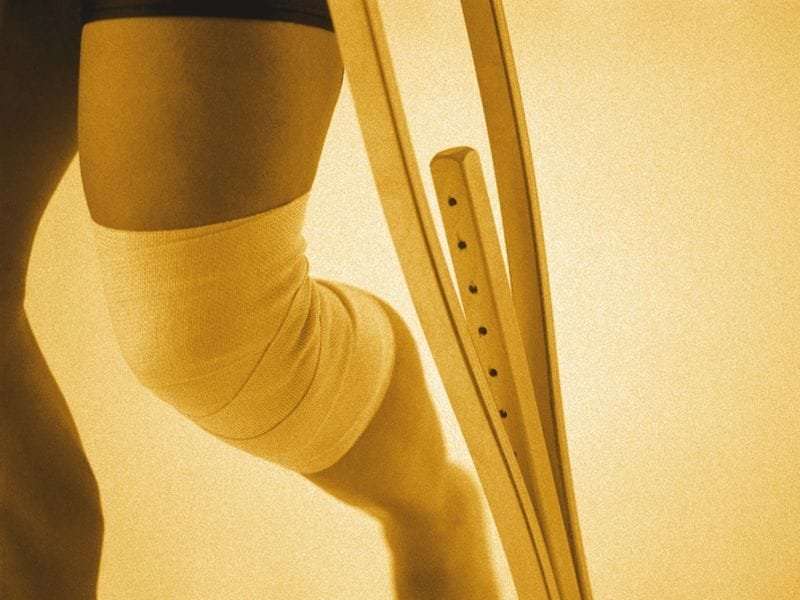Young, growing athletes at high risk for ACL injuries

(HealthDay)—Young, growing athletes are at high risk for anterior cruciate ligament (ACL) injuries, according to a report published by Penn State Health News.
Most tears of the ACL are non-contact injuries. Primary causes during sports or fitness activities include pivoting on one firmly planted foot, changing direction suddenly, landing from a jump, and stopping and starting quickly. Young, growing athletes have increased risk, with female athletes more likely than males competing in the same sports to suffer ACL injuries.
ACL injury treatment depends on the severity and type of damage, as well as long-term patient goals. Several months of physical therapy plus a knee brace and crutches can often treat minor ACL injuries. For severe injuries and for athletes who want to compete at a high level, surgery may be recommended; ACL reconstruction is recommended to restore the greatest knee stability. For long-term stability and avoidance of injury, the focus is not on a quick return to play, but rather on effective rehabilitation after surgery.
Although athletic teams often provide strength and conditioning programs at the collegiate level, availability may depend on funding and coach awareness at the high school level. To prevent ACL injuries, athletic teams should provide a strength and conditioning program, including evaluation of strength and imbalance; exercises to strengthen leg muscles, and abdominal and other core muscles; training for proper techniques; and warm-up routines for prevention of injury.
More information: More Information
Copyright © 2018 HealthDay. All rights reserved.















